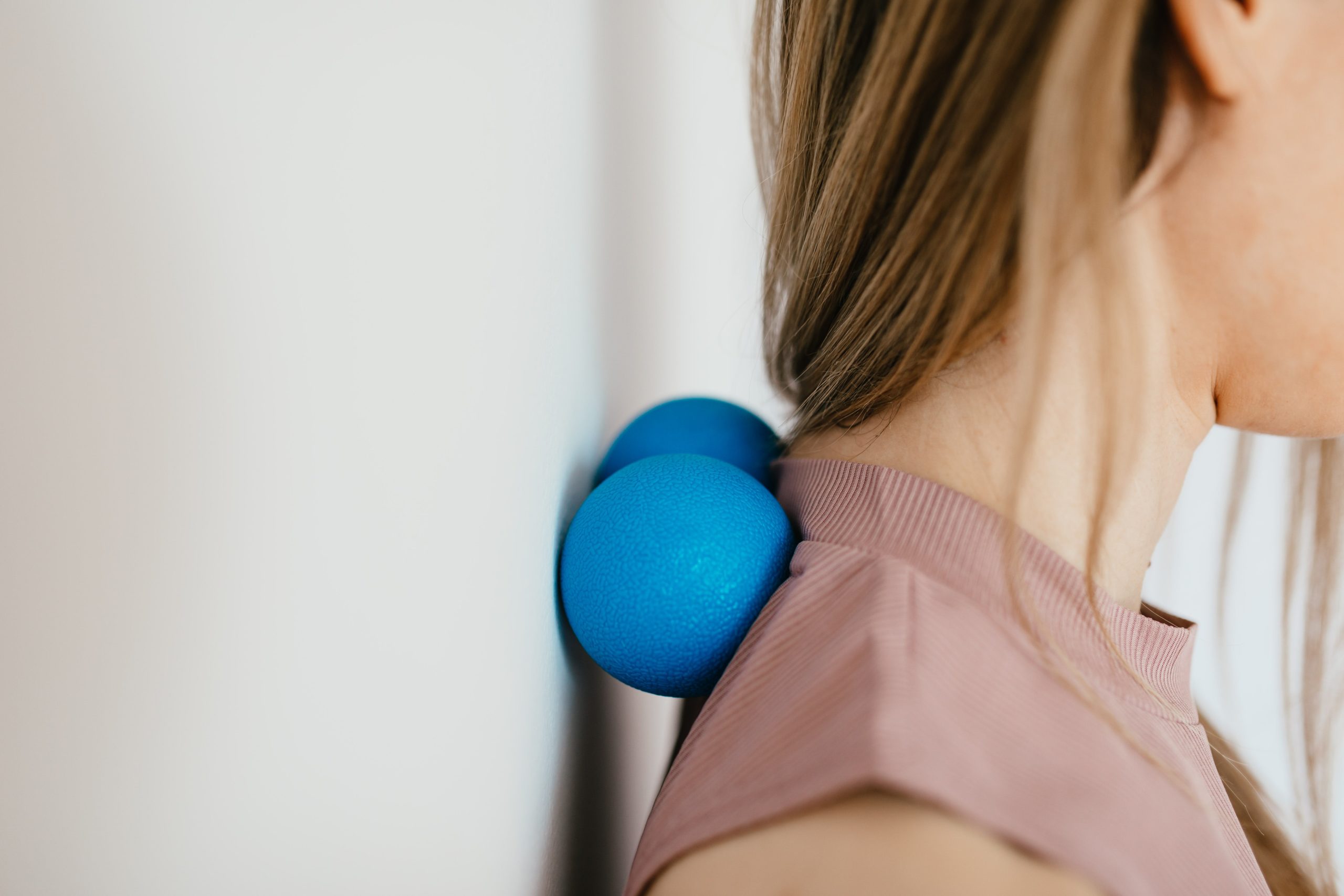We often see people in our clinics with aches and pains that are related to ‘Forward Head Posture’ or FHP. This is something that can develop over a long time, and it’s becoming more common because of our lifestyles. The good news is that you can do something about it! In this blog we’ll explain what Forward Head Posture is, how it affects the body, some ways to correct it and how osteopathy treats this condition.
What is Forward Head Posture?
Forward Head Posture is characterised by a drift of the head forwards of the shoulders. The head should be positioned where the ears are above the shoulders as the person is standing.
When there are habitual or repetitive forward head motions in combination with poor posture, the body slowly adapts to a forward head posture, with the ear being forward of the shoulder. Every 4cm your head shifts forwards from the optimal position of sitting over your shoulders, your neck muscles are doubly loaded.
What are the symptoms of Forward Head Posture?
Forward Head Posture (FHP) damages the supporting structures of the head and neck. This can eventually lead to chronic neck and shoulder pain, and it can also create tension in the jaw joint, leading to pain, headaches and bite problems.
That tension travels down the muscles into the mid and lower back, which leads to joint problems and chronic pain and discomfort in the muscles as well as hyperkyhosis (or hunchback) in the thoracic spine. The chronic tension can cause early spinal degeneration and spinal disc compression.
With this condition, the body is held in a hunched posture, which restricts the ribcage and affects the diaphragm and the digestion. This in turn leads to fatigue, headaches, brain fog and limited mobility.
A quick test for forward head posture; the wall test
- Stand with your head and back against a wall with your heels positioned about 6 inches away
- See how many fingers you can place between the back of your neck and the wall
- If you can fit more than three fingers in that space (meaning your neck is more than 3 fingers’ width or about 2 inches away from the wall) then you are likely to have some degree of forward head posture.
What causes Forward Head Posture?
- Sitting at a desk for a long period of time
- Frequently checking phone or tablet to check emails and social media
- Training regimes that focus on building muscle at the front of the body without balancing that work with exercises to strengthen the back muscles
- Low mood – we often slump when we are affected by a low mood
Tips to correct Forward Head Posture
Our osteopaths share a few easy tips to support you to correct FHP
- If you work on the computer regularly or for long stints of time, position the screen so that the top third of the screen is level with your eyes and at a distance of between 18 and 24 inches away from your face.
- Take regular breaks to stretch your arms out and clasp your hands together. Reach towards the ceiling and in front of you. Gently release your neck by taking the head from side to side and roll your shoulders forwards and back.
- Use a phone headset if you’re frequently on the phone
- Whenever sitting, ensure you sit straight and keep a gentle curve in your lower back. Use chairs that have some lower back support. Keeping your lower back in optimal alignment will help keep your head from drifting forward.
- Don’t use multiple pillows when you sleep, as this can reinforce poor alignment.
- Lengthen the back of your neck – envision a piece of string that pulls from the back of the top of the head up toward the ceiling, and lift the head. You should feel both taller and longer at the back of the neck. Or imagine you are balancing a book on your head.
- Tuck your chin down and back. Keep your eyes looking forward so that you don’t bend your neck and end up looking down as you take your chin back. The back of your neck should stay elongated.
Osteopathy for Forward Head Posture
Osteopathic treatment can support the reduction of chronic muscle tension, and correct the shortening of connective tissues and joint restriction. Your osteopath will work with a range of techniques including
- Myofascial release to address muscle spasm
- Strengthening muscle groups to brig balance
- Stretching and releasing tension in shortened connective tissue
- Pain management
- Advice on posture and exercise
Book your osteopathy appointment now
Forward Head Posture is a very common condition that can affect the way your body functions. Our team can help you get back to your pain-free life as fast as possible. It couldn’t be easier to book your appointment with Osteo & Physio! Book a session via our app, website or call our friendly reception team on 0345 5577788.

